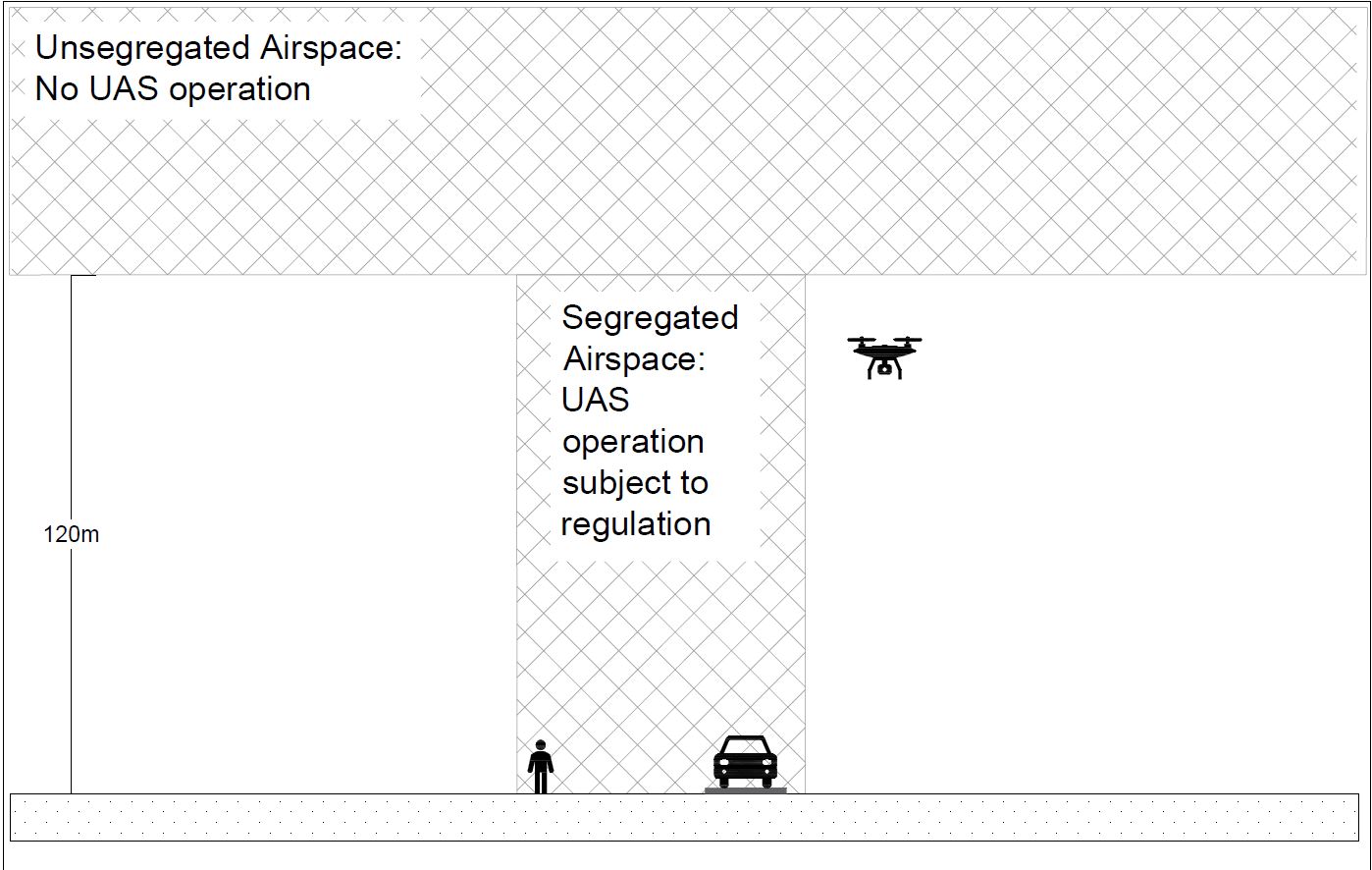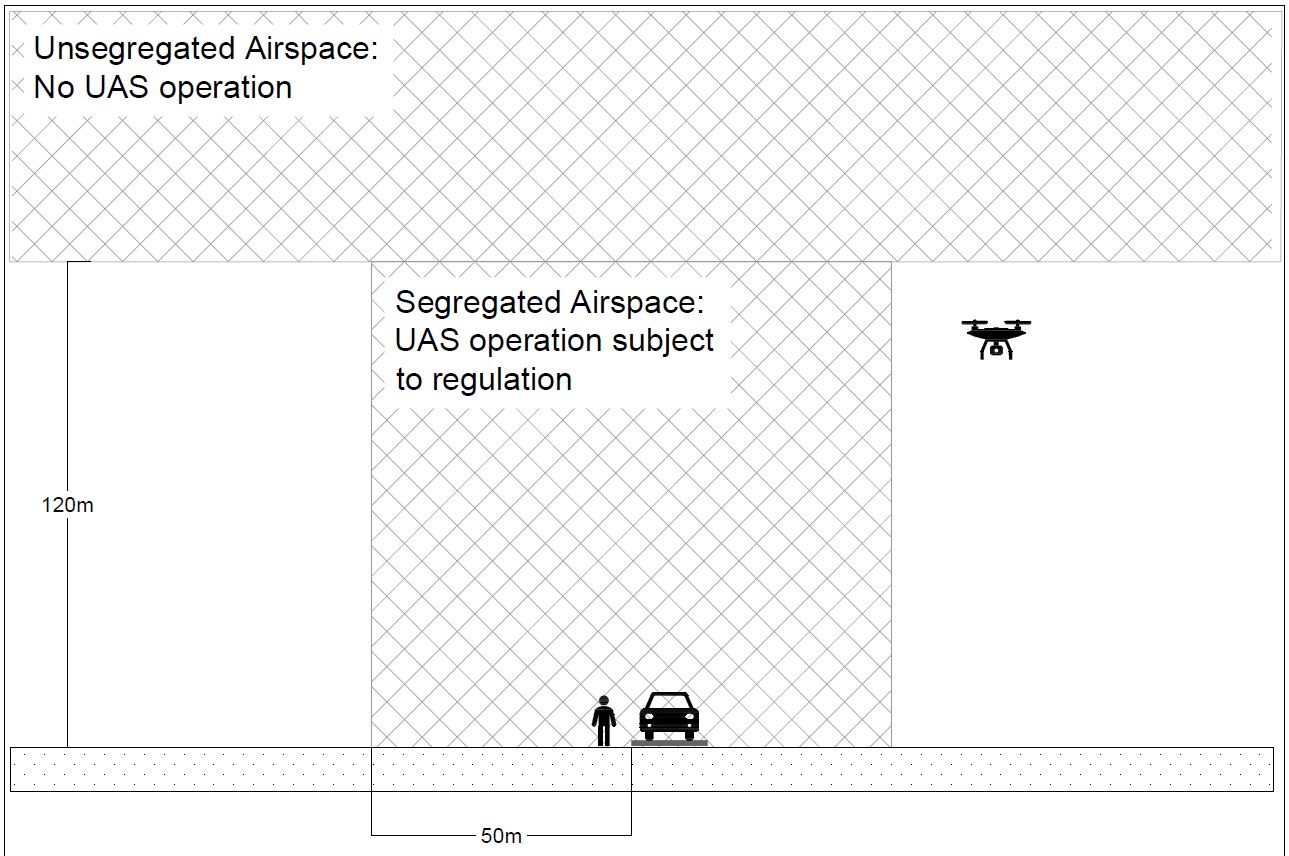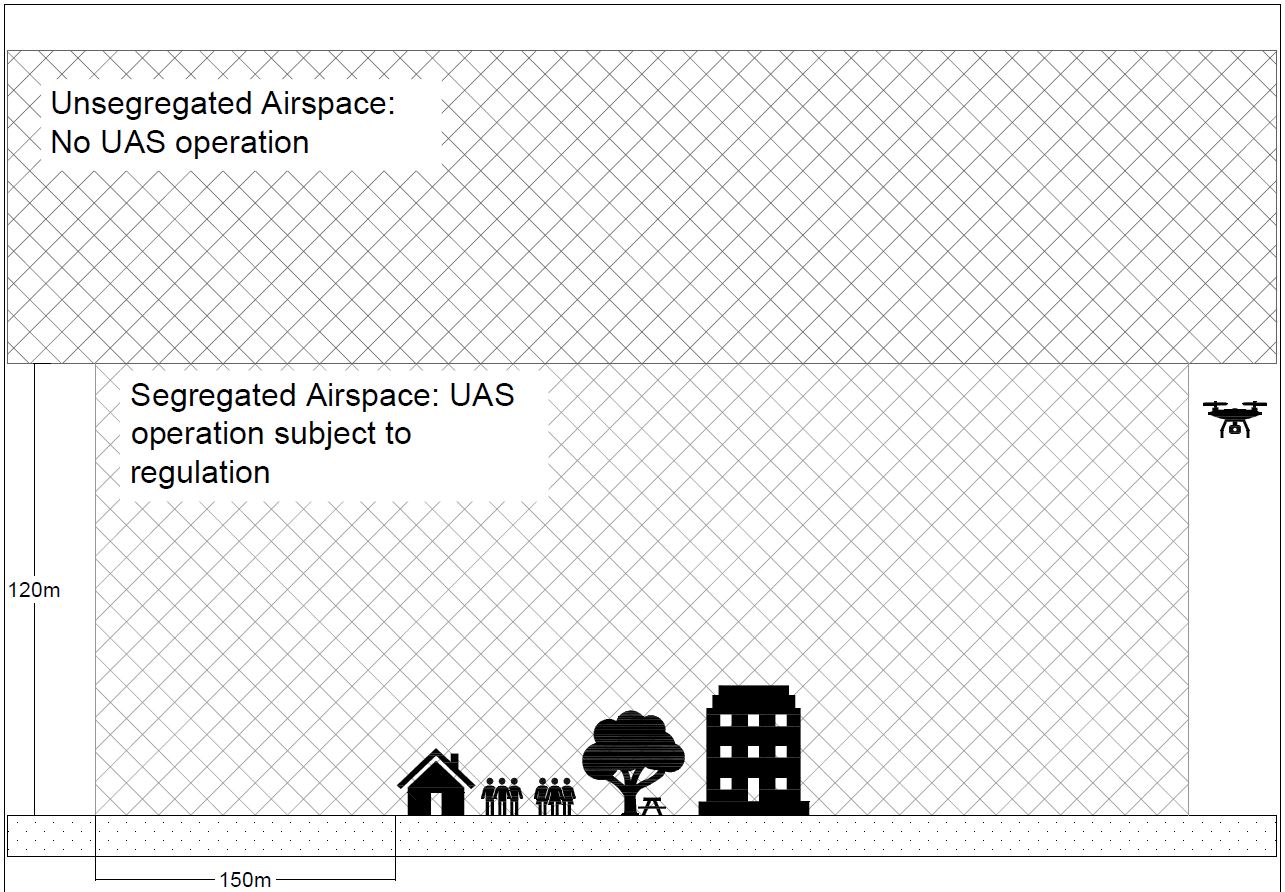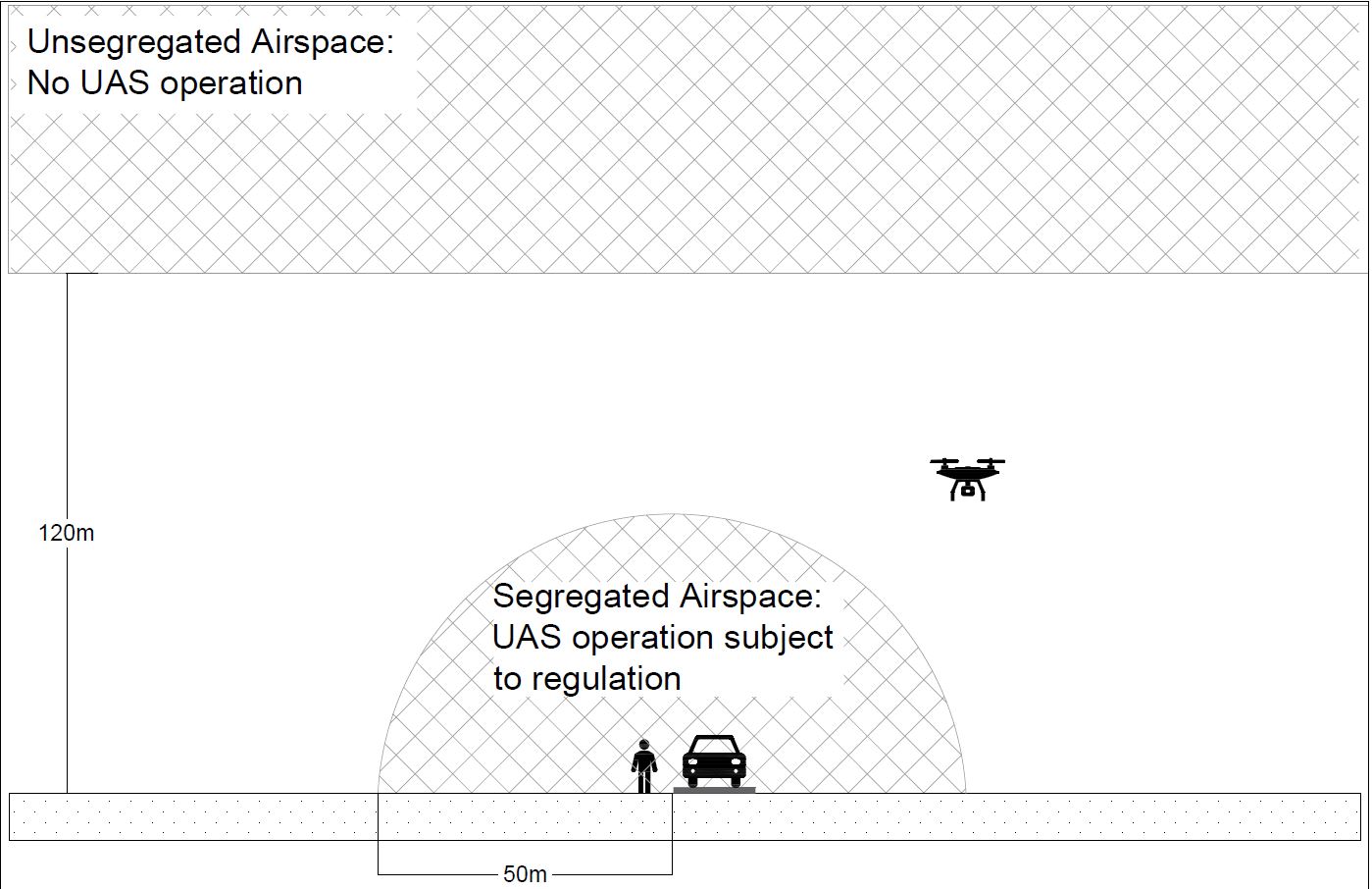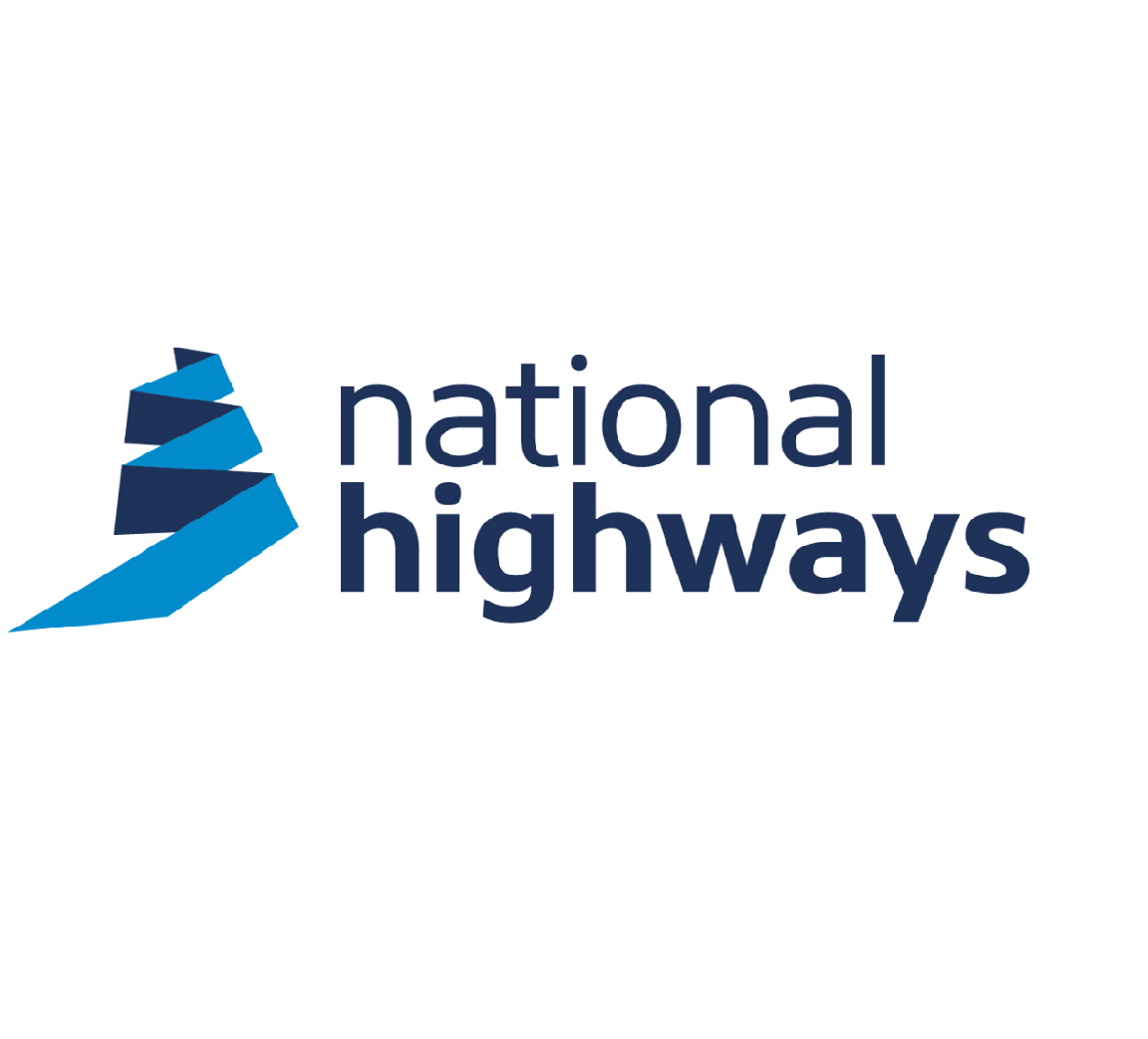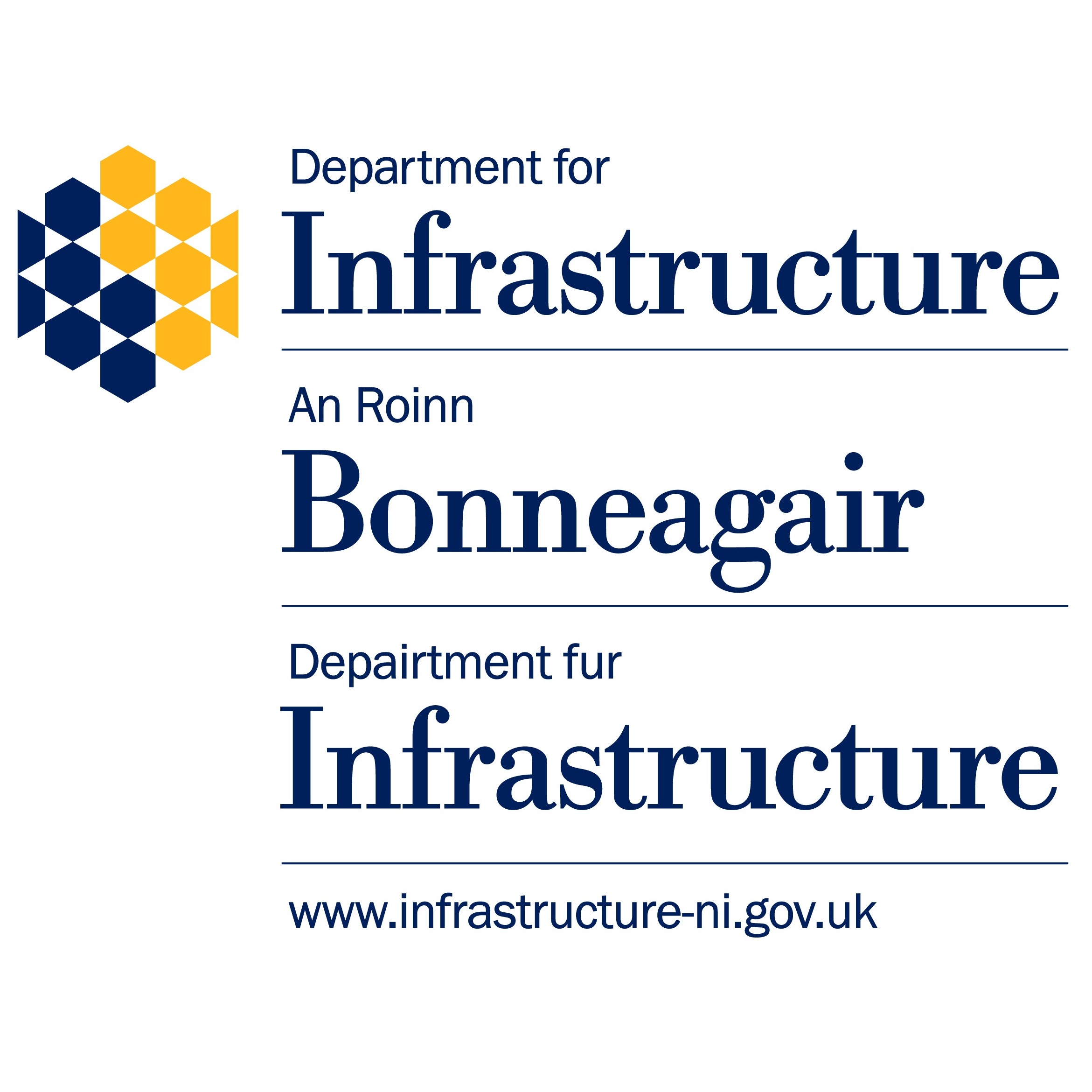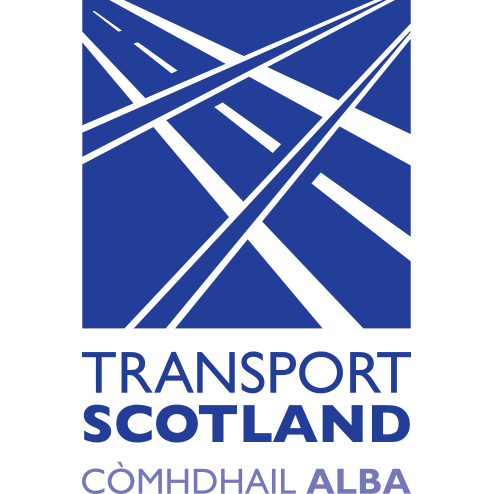Design Manual for Roads and Bridges
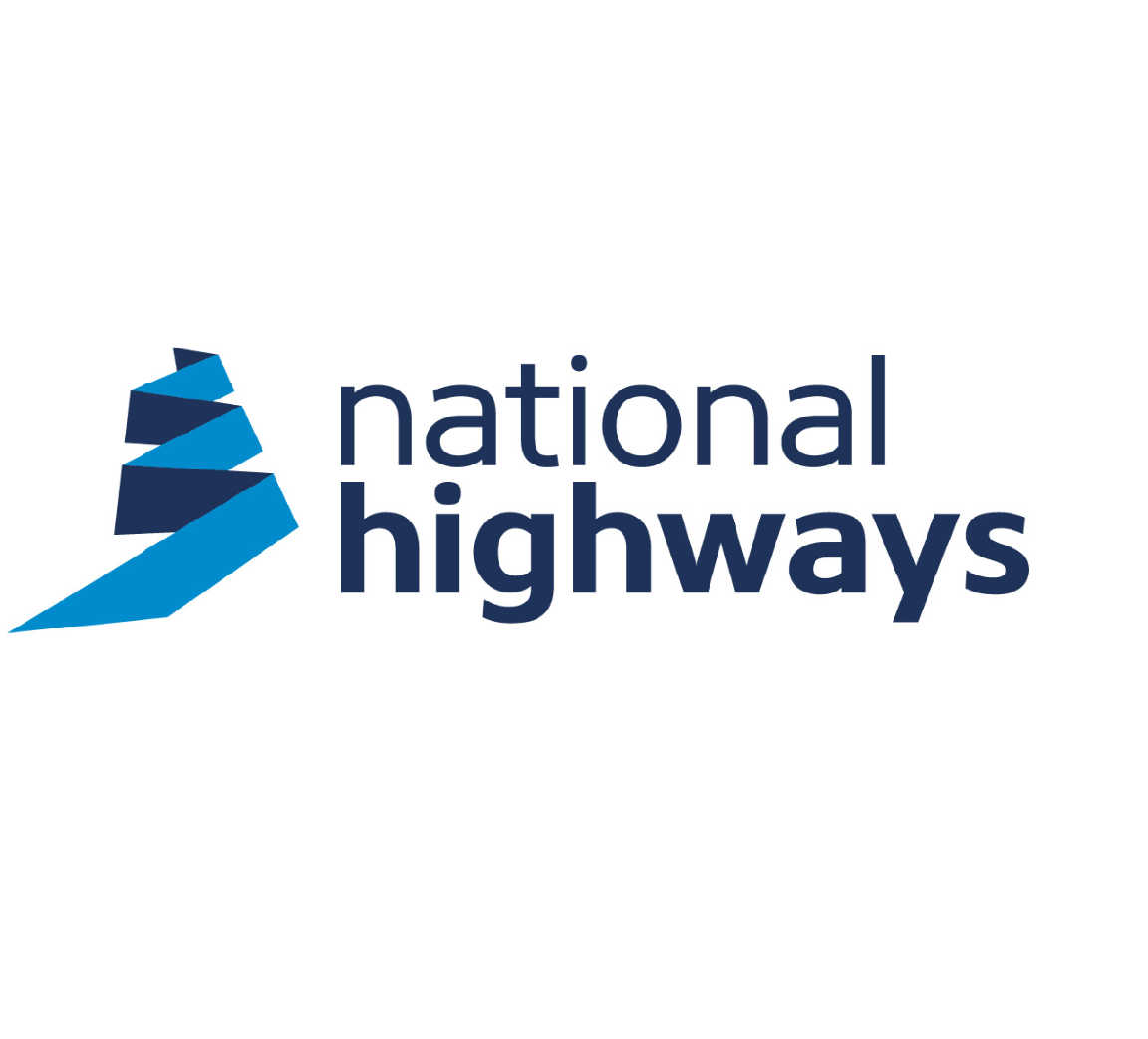
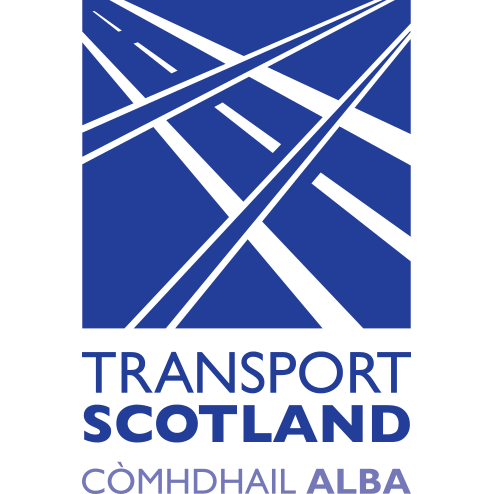
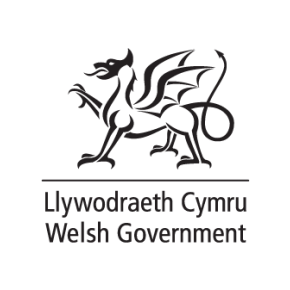
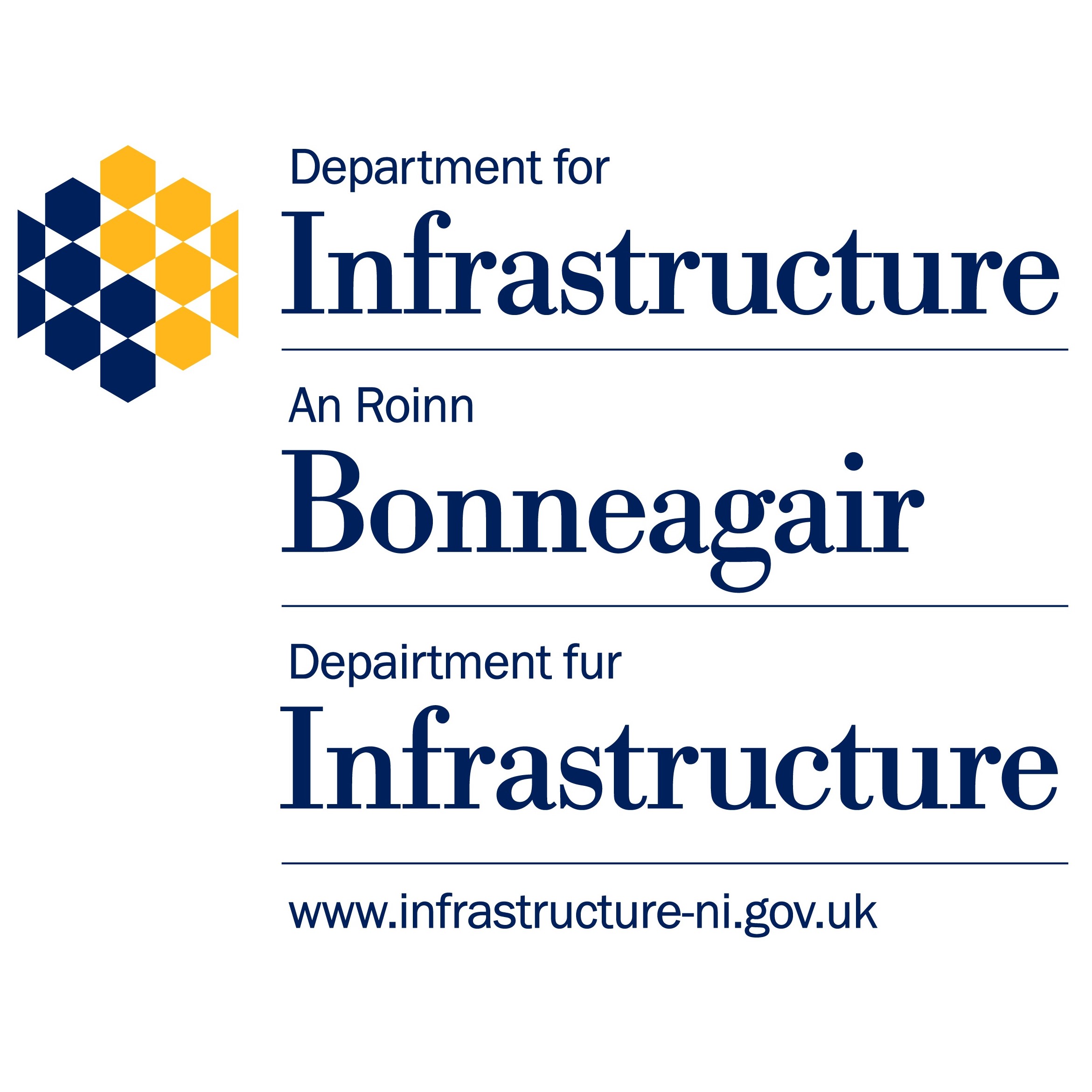
General Principles & Scheme Governance
General Information
GG 954 Drones operations
(formerly CHE 471/20)
Version 1.0.1
Summary
This document details requirements that govern the use of Unmanned Aerial Systems, commonly referred to as 'drones', for or on behalf of the Overseeing Organisation.
National Variation
This document has associated National Application Annexes providing alternative or supplementary content to that given in the core document, which is relevant to specific Overseeing Organisations. National Application Annexes are adjoined at the end of this document.
Feedback and Enquiries
Users of this document are encouraged to raise any enquiries and/or provide feedback on the content and usage of this document to the dedicated National Highways team. The online feedback form for all enquiries and feedback can be accessed at: www.standardsforhighways.co.uk/feedback.
This is a controlled document.Latest release notes
| Document Code | Version number | Date of publication of relevant change | Changes made to | Type of change |
|---|---|---|---|---|
| GG 954 | 1.0.1 | September 2023 | Core document, England NAA | Incremental change to notes and editorial updates |
| To resolve a publication error to version 1.0.0 where only part of the England National Application Annex was published. Version 1.0.1 shows the correct and approved clauses in the England NAA that were missing from version 1.0.0. The image for Figure E/4.2 was missing as were clauses E/4.3.1 through to E/4.8 NOTE and sections E/5, E/6, E/7, E/8 and E/9 respectively. | ||||
Previous versions
| Document Code | Version number | Date of publication of relevant change | Changes made to | Type of change |
|---|---|---|---|---|
| GG 954 | 1.0.0 | February 2023 | Core document, England NAA, Northern Ireland NAA, Scotland NAA, Wales NAA | Change to policy, major revision, new document development |
Foreword
Publishing information
This document is published by National Highways.
Contractual and legal considerations
This document forms part of the works specification. It does not purport to include all the necessary provisions of a contract. Users are responsible for applying all appropriate documents applicable to their contract.
Legislation and guidance applicable to drone platform operation and management are still rapidly evolving. While every effort has been made to ensure that this document is correct, users are reminded to always check that they are complying with the most recent legislation and working to the latest guidance.
Introduction
Background
This document details requirements that govern the use of unmanned aerial systems, commonly referred to as drones, for / on behalf of the Overseeing Organisation.
The Overseeing Organisations recognise the benefits that using drone platforms can offer, allowing work to be undertaken in safer, smarter, and more efficient ways. With drones being more accessible and widely used throughout the highways (and related) industries, it is critical to ensure their use is safe for everyone.
Uncontrolled drones have the potential to damage infrastructure assets, distract road users, and disrupt other safety-critical airborne and ground-based activities. Whilst all risks associated with their use cannot be eliminated, these should be recognised, assessed, and mitigations and protections planned and implemented.
Accordingly, this document contains requirements that apply to the use of drones, over and above those defined by the regulator, the Civil Aviation Authority.
Assumptions made in the preparation of this document
The assumptions made in GG 101 [Ref 4.N] apply to this document.
Abbreviations
| Abbreviation | Definition |
|---|---|
| AAIB |
Air Accidents Investigation Branch |
| ANO | Air Navigation Order, a legal document established as a United Kingdom (UK) Statutory Instrument (SI) that is made for the purposes of regulating air navigation within the UK. UKSI 2016/765 [Ref 1.N] |
| BVLOS | Beyond visual line of sight |
| CAA | Civil Aviation Authority; the controlling authority for the UK |
| CDM | Construction (Design & Management) Regulations 2015 UKSI 2015/51 [Ref 6.N] |
| ECCAIRS | European Co-ordination Centre for Accident and Incident Reporting System |
| EVLOS | Extended visual line of sight |
| FRZ | Flight restriction zone, a protected aerodrome, or within any Restricted, Prohibited or Danger Area as defined by the controlling authority |
| GDPR | General Data Protection Regulation 2016/679/EU [Ref 2.N] |
| GVC | General Visual Line of Sight Certificate |
| MOR | Mandatory Occurrence Report |
| MoU | Memorandum of understanding |
| NQE | CAA National Qualified Entity |
| PDRA | Pre-determined risk assessment |
| PfCO | Permission for Commercial Operation |
| SCRG | Safety Control Review Group |
| SRA | Safety risk assessment |
| UA | Unmanned aircraft operating or designed to operate autonomously or to be piloted remotely without a pilot on board. (See Terms and definitions "Aircraft") |
| UAS | Unmanned aerial system: an unmanned aircraft and the equipment to control it remotely. (See Terms and definitions "Drone") |
| UKAB | UK Airprox Board |
| VLOS | Visual line of sight |
Terms and definitions
| Term | Definition |
|---|---|
| Airprox | A situation in which, in the opinion of a pilot or air traffic services personnel, the distance between aircraft as well as their relative positions and speed have been such that the safety of the aircraft involved may have been compromised. |
| Aircraft | As per CAA's definition; any machine that can derive support in the atmosphere from the reactions of the air other than reactions of the air against the earth's surface. Therefore, excludes paper aeroplane, hand-launched gliders, frisbees, darts, other thrown toys. |
| Beyond visual line of site | Those activities where direct, unaided, visual observation of the drone is not maintained by the Remote Pilot and/or the Unmanned Aircraft Observer(s) |
| CAP 722 | Unmanned Aircraft System Operations in UK Airspace – Guidance and Policy, CAA CAP 722 [Ref 8.N] |
| Drone | Common term used for a UAS |
| Extended visual line of sight | Those activities where direct unaided visual observation is maintained by the remote pilot or the unmanned aircraft observer at all times, where operations do not exceed 1500 m from the the remote pilot or 500 m from an unmanned aircraft observer. |
| Flight | Drone flight as defined within the scope of CAA oversight is: ‘the time between the aircraft is ready to move with the purpose of flight until such time it comes to rest at the end of the flight and the primary propulsion system is shut down.’ |
| Operational Authorisation | The operational authorisation document sets out the privileges and limits of the operation. Given the name of the category, each operational authorisation is specific to the named UAS operator and is dependent on the risk assessment and evidence supplied to the CAA by that operator |
| Operations manual | Document that details how the drone flight will be conducted, including the standard operating procedure |
| Safety baseline | Level of safety against which the safety objectives are set and measured |
| Segregated airspace | A block of airspace that is reserved for specific users, which may include unmanned aircraft |
| UAS Operator | Any person, or an organisation, who owns the drone(s) or rents the drone. |
| Unsegregated airspace | Airspace not classed as segregated |
| Visual line of sight | Those activities where direct unaided visual observation is maintained by the remote pilot at all times, where operations do not exceed 500 m from the remote pilot. |
1. Scope
Aspects covered
1.1 This document shall be applied to the planning and undertaking of all drone activity for / on behalf of the Overseeing Organisation or using Overseeing Organisation property for take off or landing.
NOTE A ‘drone activity’ is any operation that employs a UAS as defined by CAA ANO 2016 UKSI 2016/765 [Ref 1.N]Schedule 1.
Implementation
1.2 This document shall be implemented forthwith on all schemes involving the use of UAS on the Overseeing Organisations’ motorway and all-purpose trunk roads according to the implementation requirements of GG 101 [Ref 4.N].
1.2.1 Drone operations are frequently associated with a broad range of highways-related activities, including construction, operation/maintenance, surveying, incident management, and traffic management. Accordingly, the requirements, controls, and processes that apply to those specific activities should be acknowledged by users of this document.
Use of GG 101
1.3 The requirements contained in GG 101 [Ref 4.N] shall be followed in respect of activities covered by this document.
2. Organisation and roles
Definition of roles and responsibilities
2.1 Roles and responsibilities shall be agreed for each project, including identification of those responsible and accountable for each activity corresponding to the requirements within this document.
2.1.1 Where present, this should include identification of those responsible and accountable for any additional requirements that apply to the Overseeing Organisation.
Project roles
Activity Manager
2.2 For each implementation of this document, an Activity Manager shall be appointed, acting as the representative of the Overseeing Organisation.
2.3 The Activity Manager shall be responsible for the coordination of the drone activity, including:
- the application of this standard in the planning, management, and coordinating of any drone activity;
- collating the information required by this document, so as to evidence safe and legal drone operations; and,
- facilitating the Overseeing Organisation's risk management processes.
Operational roles
UAS Operator
2.4 For each drone activity, the UAS Operator shall be identified.
2.5 The UAS Operator shall be the individual/organisation responsible for the operation (or intended operation) of one or more UAS.
2.6 The UAS Operator shall provide evidence of the necessary certification, operational approval, and experience/competency to the Activity Manager - as per the requirements within this document (Sections 3 & 4).
NOTE Regarding UAS Operator role; the Activity Manager is responsible for checking that the certification and experience of the individual or company is current and appropriate to the activity.
Remote pilot
2.7 For each drone activity, the UAS Operator shall identify one or more remote pilots.
2.8 Remote pilots shall be named within the UAS Operator's operations manual.
2.9 Remote pilots shall be responsible for safely conducting the flight of an unmanned aircraft by operating its flight controls, either manually or, when the aircraft flies automatically, by monitoring its course and remaining able to intervene and change the course at any time.
2.10 Remote pilots shall demonstrate that they are qualified for the drone activity, in accordance with CAA regulations through CAP 722 [Ref 8.N].
Unmanned aircraft observer
2.11 For each remote pilot undertaking drone operation activity, one or more unmanned aircraft observer(s) shall be identified and assigned to them.
2.11.1 Additional unmanned aircraft observers should be used, as made necessary by the context of the drone operation and layout of the operational area, such as where distance and occlusion require more than one observer to maintain visibility of the drone.
2.12 The unmanned aircraft observer shall be responsible for assisting the remote pilot in safely conducting all drone activities including:
- identification of hazards and issues related to the UAS; and,
- identification of hazards of issues that may affect the remote pilot, while they are occupied piloting the UAS.
2.13 The unmanned aircraft observer shall maintain unaided visual observation of the UAS that is in the control of their respective remote pilot.
2.14 The unmanned aircraft observer(s) shall be positioned according to the type of drone operation as follows:
- for VLOS operations, they will be positioned in close proximity to the remote pilot, within verbal communication range;
- for EVLOS operations, in addition to an unmanned aircraft observer positioned in proximity to the remote pilot, additional unmanned aircraft observers can be positioned according to the activity needs, but will maintain communication with the remote pilot and (where used) other unmanned aircraft observers using suitable remote communications (such as radio).
Safety governance roles
Health and safety team:
2.15 The Overseeing Organisation's group accountable for incident investigations shall be informed and engaged in the event of a near miss or incident (in accordance with GG 128 [Ref 5.N]).
Statutory bodies
Civil Aviation Authority (CAA)
2.16 The CAA acts as the UK's aviation regulator that controls permissions, exemptions, and authorisations for operators to use drones commercially; accordingly, all CAA regulations must be adhered to during the undertaking of drone operations.
2.16.1 The CAA provides a body of guidance and advice supporting the safe use of drones, which should be referred to by all parties undertaking drone operations.
NOTE The CAA has, by agreement, the role of the Health and Safety Executive in relation to drone flights, where a ‘flight’ is: ‘the time between the aircraft is ready to move with the purpose of flight until such time it comes to rest at the end of the flight and the primary propulsion system is shut down.’
Air Accidents Investigation Branch (AAIB)
2.17 The AAIB manages and investigates civil aircraft accidents and serious incidents within the UK, and shall be notified (as per Section 6) in the event of a drone-related incident.
3. Managing safety risk
3.1 For each drone activity planned and undertaken, the Overseeing Organisation's safety risk processes shall be followed.
3.2 For each drone activity, an SRA shall be undertaken, in accordance with the Overseeing Organisation's safety risk processes.
3.3 The SRA shall evaluate risks specific to the drone activity being undertaken.
3.3.1 The SRA should include, but is not limited to:
- identifications of risks;
- identification of affected populations; and,
- assessment of baseline safety risk (i.e. undertaking the activity by conventional means) versus drone activity safety risk.
3.4 No drone activity shall be undertaken without a complete and accepted SRA, in accordance with the Overseeing Organisation's safety risk processes.
4. Permissions and restrictions
Statutory
4.1 Planning and undertaking operation of drones for / on behalf of the Overseeing Organisation must comply with the CAA legislation regarding regulatory compliance and Operational Authorisation in CAP 1789A [Ref 7.N].
NOTE 1 This refers to the UAS Implementing Regulation, which acts as a summary of the current and applicable regulations across a suite of CAA documents.
NOTE 2 The CAA routinely publish further updates to requirements, guidance, and advice, on what is expected in terms of UAS Operator, remote pilot, and unmanned aircraft observer competency and associated permissions.
4.2 The UAS Operator shall provide evidence that they hold an Operational Authorisation from the CAA to undertake that drone activity.
NOTE Operational Authorisation will vary and can include different categories of activity and classes of drone.
Remote pilots
4.3 All remote pilots shall provide evidence that they are qualified to carry out the drone operations, in accordance with the CAA authorisation.
4.4 All remote pilots shall provide evidence that they either:
- possess an NQE "full recommendation" that has been obtained prior to 31 December 2020, and a valid "Flyer ID" that has been obtained on/after 15 December 2020; or,
- comply with one of the previously accepted 'alternative means of compliance categories (detailed within CAP 722 [Ref 8.N]), and possess a valid "Flyer ID" that has been obtained on or after 15 December 2022, and can demonstrate currency within the past two years.
NOTE From 1 January 2024 onward, the required CAA certification for remote pilots will update to the GVC, and the NQE/Alternative Means of Compliance will no longer will be valid.
Information to be supplied
4.5 For all operations within the CAA 'Open' or 'Specific' categories, the UAS Operator shall provide evidence of CAA Operational Authorisation, including:
- UAS Operational Authorisation – Specific Category – including Operator ID;
- operations manual as in CAP 722A [Ref 9.N] – only the 'Concept of operations' element;
- proof of UK National Qualified Remote Pilot competency (Flyer ID / PfCO or GVC);
- proof of insurance that meets the requirements of CAP2041A00 [Ref 3.N]; and,
- supporting information to the SRA specific to the drone activity being undertaken.
NOTE Even though a specific category operational authorisation is not required by the CAA for operating certain categories and classes of drone, the Overseeing Organisation's requirement is in addition to CAA requirements.
Working on construction sites
4.6 The drone operation health and safety documentation shall comply with the construction site health and safety requirements.
4.7 The drone operations plan shall be integrated and compatible with the construction programme of works.
Operating locations
4.8 Where dictated by the operating location and/or class of drone, drone activities must attain the relevant permission/exemption from the CAA.
NOTE Examples of locations that require permission/exemption include airspace that is unsegregated, as per CAA regulation.
4.9 Where interacting with any FRZs imposed by the CAA, drone activities must attain the relevant permission/exemption from the CAA.
NOTE Examples of FRZs include aerospace, airports, airfields, aerodromes, space sites and military facilities.
4.10 The UAS Operator shall identify any FRZs imposed by the CAA.
4.11 Evidence of all relevant permissions/exemptions shall be provided to the Activity Manager.
Third-party agreements and access
4.12 Drone activities shall adhere to agreements of exclusions between the Overseeing Organisation and third parties, (for example exclusions over the land corridors of other infrastructure owners).
NOTE Any third-party agreements or MoUs regarding operational boundary restrictions will be provided by the Activity Manager.
4.13 Access permissions from a third party or private landowner/business shall be obtained before the drone activity commences.
NOTE The Activity Manager can liaise with the third party and private landowner/business to facilitate this agreement.
4.14 All access agreements from the third party/landowner/business giving permission shall be submitted before the drone activity commences.
Lone working
4.15 Drone activities shall not be conducted so as to create lone working individuals. (See INDG73 [Ref 2.I]for advice).
4.16 Where an unmanned aircraft observer is positioned in physical proximity to the remote pilot, this pairing shall fulfil the requirement to prevent lone working.
4.17 Where remote pilot(s) and unmanned aircraft observer(s) are not positioned in physical proximity, additional individuals shall accompany them to prevent lone working.
5. UAS equipment
Selecting equipment
5.1 To minimise potential disruption and safety risk, drone equipment shall be selected according to the following principles:
- reliability, additional safety features and redundancy are sufficient to ensure safe operation; and,
- size and weight to be minimised to limit distraction to others and potential impact should a collision occur.
5.2 Drones must display the UAS Operator registration number as required by the CAA.
5.3 If fitted, the ADS-B transponder shall be switched on for all drone activities.
5.4 Drone equipment for each use-case must comply with the legislative requirements defined by the CAA, specifically corresponding the drone equipment (weight, size, payload, flight type, etc.) to the limitations of the relevant CAA operational (sub)category.
NOTE 1 Selecting suitable equipment is a factor for the SRA, and ensuring that equipment is appropriate for the use-case will facilitate both health and safety requirements and ensure that the drone operation delivers its intended outcomes.
NOTE 2 Drones manufactured prior to December 2020 are classed as legacy drones by the CAA. Legacy drones can continue to operate normally until December 2023. After this date new CAA guidance will come into place.
NOTE 3 Prior to December 2022 and subject to weight and/or other variables, a drone activity can fall into the CAA operational subcategory A1, A2, A3 or Specific, and this will dictate the specific cases legacy drones operate in without an operational authorisation. From the 1st January 2023 all new drones have to meet a set of standards that dictate the open categories they can be flown in. Drones classed as C0 or C1 can be flown in the A1 sub-category, C2 can be flown in the A2 sub-category, whilst C3 and C4 can only fly in the A3 sub-category.
6. UAS incidents
Incident reporting
6.1 All accidents and serious incidents shall be reported in accordance with GG 128 [Ref 5.N].
6.2 All accidents and serious incidents shall be immediately reported to:
- the Overseeing Organisation, via the Activity Manager;
- local police; and,
- Air Accidents Investigation Branch (call +44 1252 512299, 24-hour line).
6.3 Accidents and serious incidents must also be reported in accordance with CAA regulations, through the ECCAIRS system (available at www.aviationreporting.eu).
6.4 'Near miss' situations between aircraft where there was a risk to life from a potential collision (an ‘Airprox’ event) shall be reported to UK Airprox Board (using the processes detailed at: http://www.airproxboard.org.uk.).
NOTE CAP 382 [Ref 1.I] provides further guidance for incident reporting to the CAA.
Operating restrictions
6.5 If any near miss or incident occurs during an operation, all flights related to the operation shall be suspended pending investigation by the Overseeing Organisation and any involved external body (as above).
7. Privacy
7.1 Drone activities shall be planned and conducted in a manner ensuring privacy for third parties, in accordance with current legislation and CAA guidelines.
7.1.1 Unintended and unnecessary data collection that may affect the privacy of third parties should be avoided, particularly during the launch and landing elements of a drone flight.
8. Normative references
The following documents, in whole or in part, are normative references for this document and are indispensable for its application. For dated references, only the edition cited applies. For undated references, the latest edition of the referenced document (including any amendments) applies.
| Ref. | Document |
|---|---|
| Ref 1.N | National Archives. UKSI 2016/765, 'Civil Aviation - The Air Navigation Order' |
| Ref 2.N | Europa.eu. 2016/679/EU, 'General Data Protection Regulation (EU)' |
| Ref 3.N | Civil Aviation Authority. CAP2041A00, 'Insurance Regulation (2004/785/EU)' |
| Ref 4.N | National Highways. GG 101, 'Introduction to the Design Manual for Roads and Bridges' |
| Ref 5.N | National Highways. GG 128, 'Requirements for reporting incidents, events and undesirable circumstances: health, safety, wellbeing, structural and environmental' |
| Ref 6.N | National Archives. UKSI 2015/51, 'The Construction (Design and Management) Regulations' |
| Ref 7.N | Civil Aviation Authority. CAP 1789A, 'UAS Implementing Regulation (Regulation (EU) 2019/947 as retained (and amended in UK domestic law) under the European Union (Withdrawal) Act 2018)' |
| Ref 8.N | Civil Aviation Authority. CAP 722, 'Unmanned Aircraft System Operations in UK Airspace - Guidance' |
| Ref 9.N | Civil Aviation Authority. CAP 722A, 'Unmanned Aircraft System Operations in UK Airspace – Operating Safety Cases' |
9. Informative references
The following documents are informative references for this document and provide supporting information.
| Ref. | Document |
|---|---|
| Ref 1.I | Civil Aviation Authority. www.caa.co.uk/Our-work. CAP 382, 'Occurrence Reporting Scheme' |
| Ref 2.I | Health and Safety Executive. INDG73, 'Working alone, health and safety guidance on the risks of lone working' |
Appendix A. CAA operating requirements
